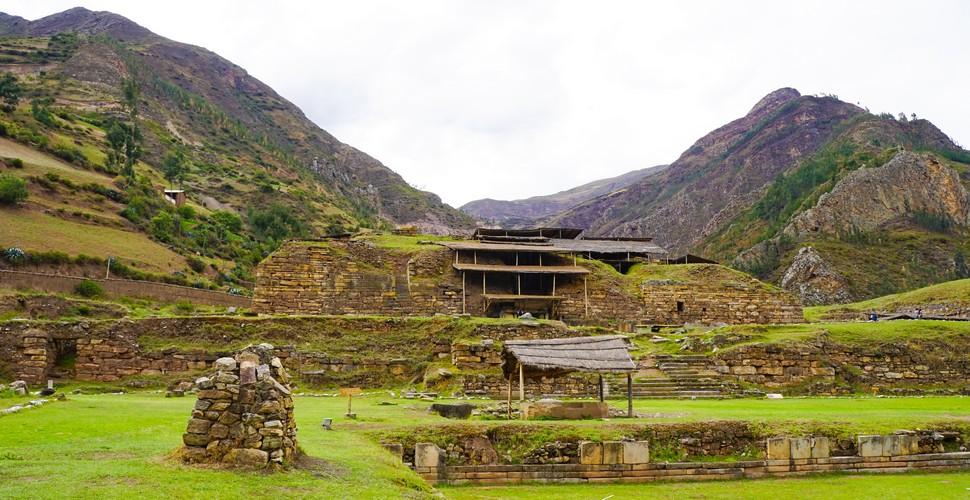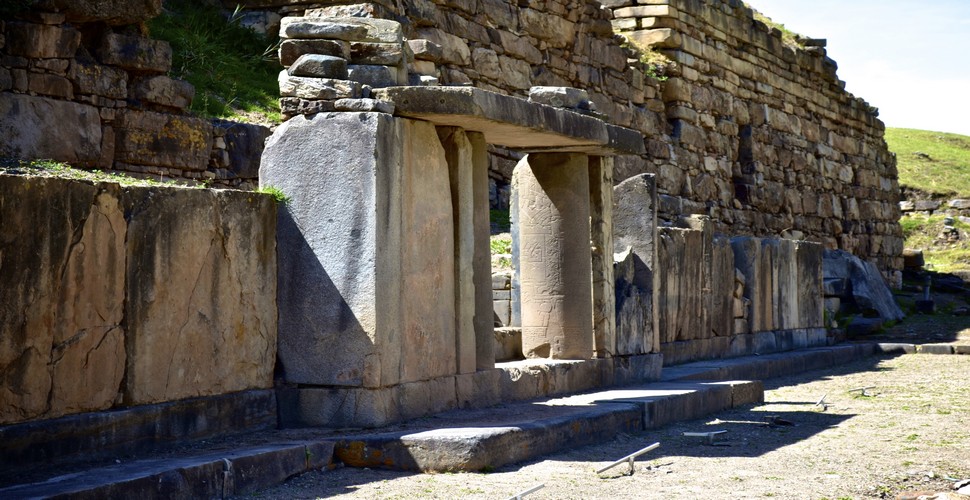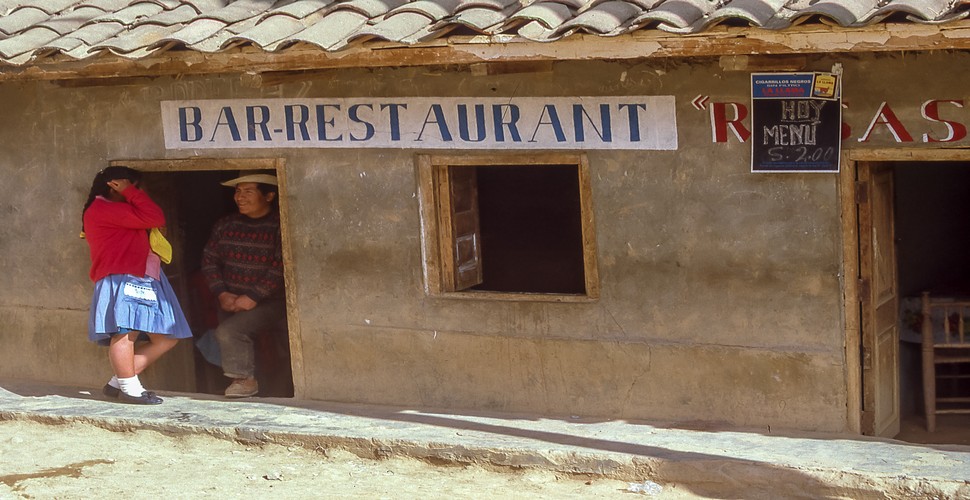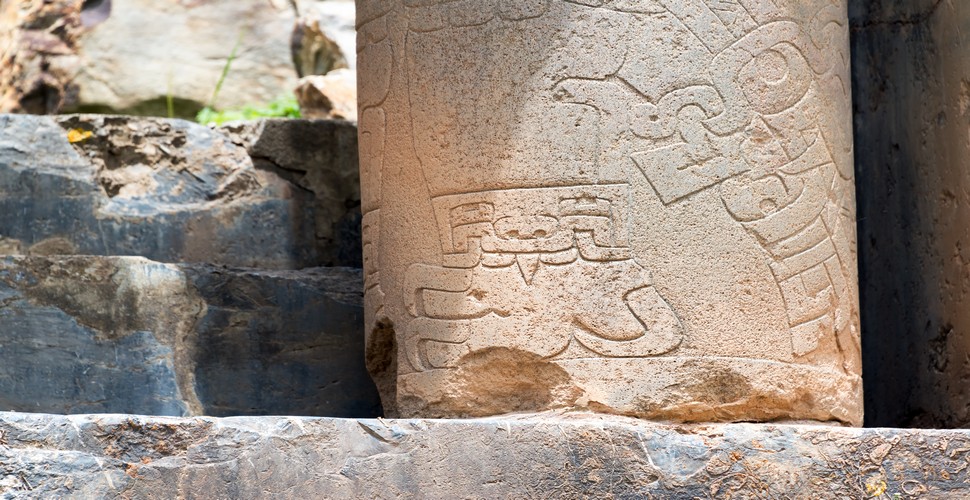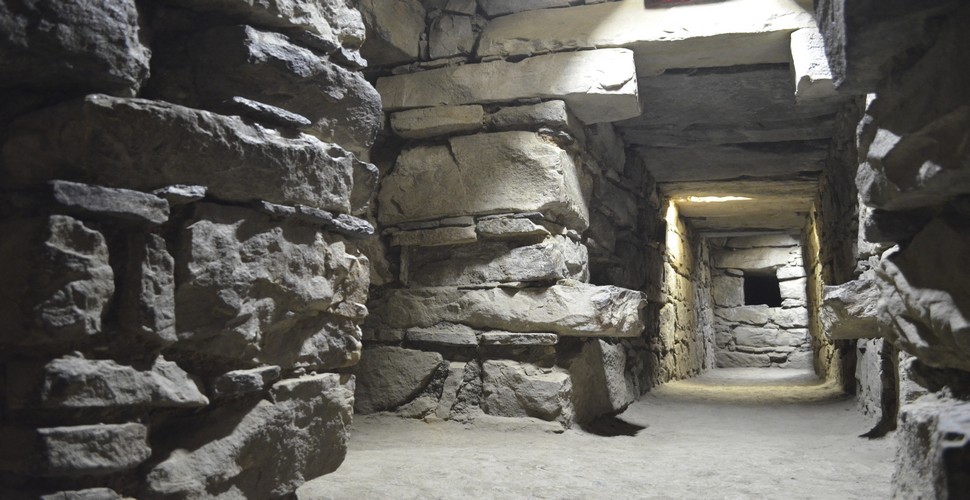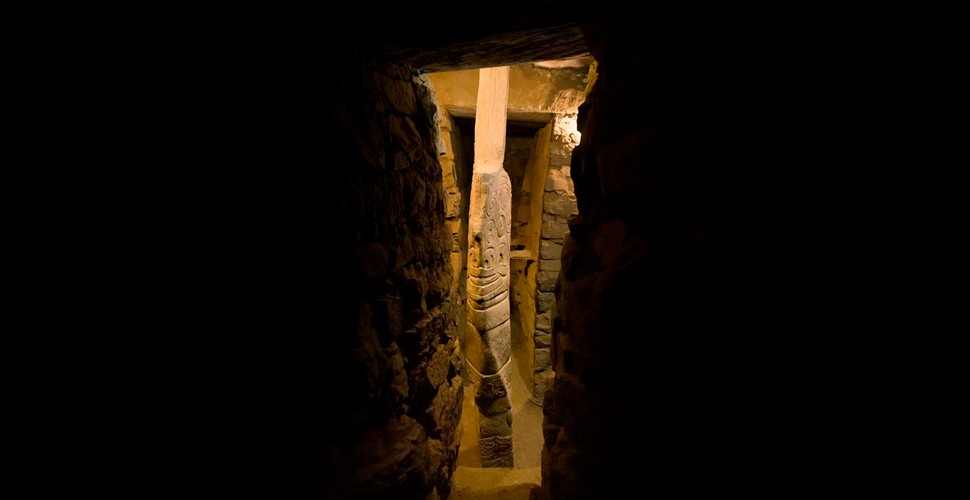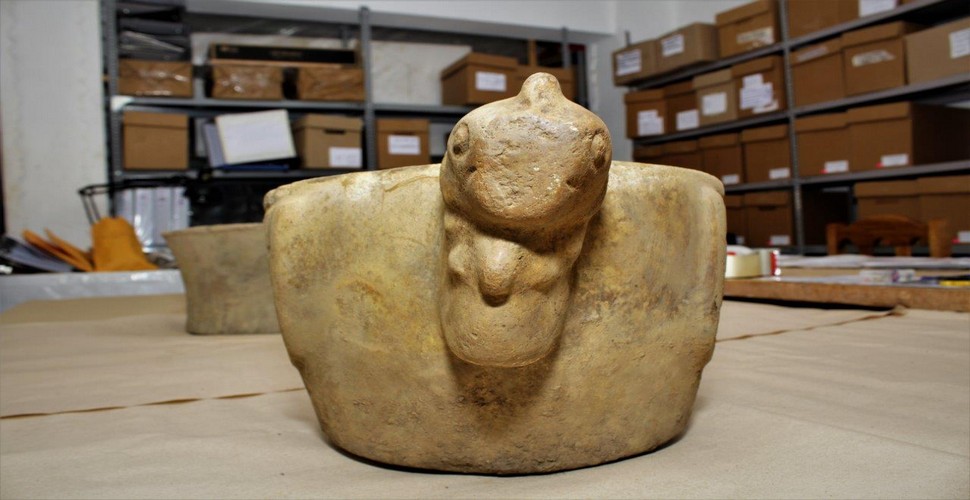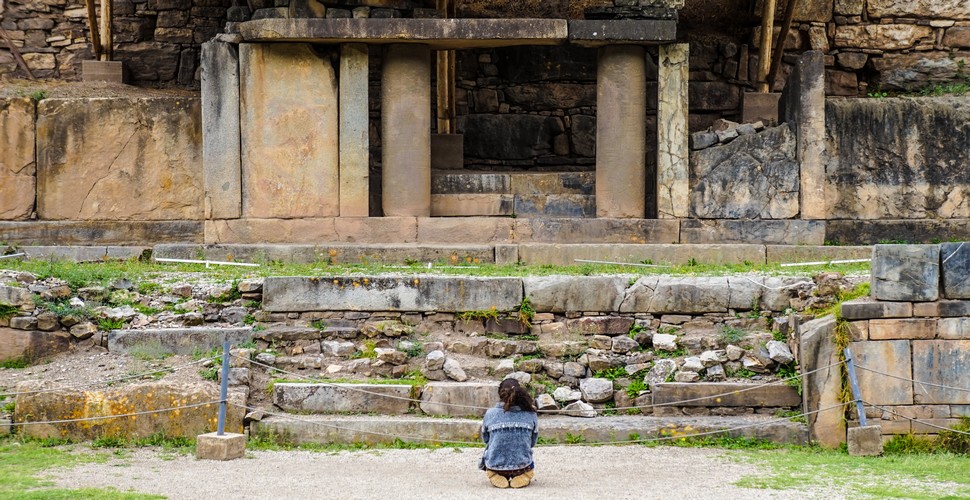

Claire Dean
Travel in South America is a joy to behold. The rich variety of destinations, experiences, landscapes and geography fascinated me so much, that I chose to relocate here, over 20 years ago! The best thing I ever did! Allow me to share my knowledge and passion for Central and South America with you and help you plan your holiday of a lifetime!

Unearthing Ancient Wonders - Peruvian Archaeologists Rediscover Hidden Secrets
Written by:Claire Dean
Last Update: 2025-01-11
A team of Peruvian archaeologists has recently made an astounding discovery in the Andean mountains of Peru, shedding light on the fascinating Chavin civilization that thrived over 3,000 years ago. Amongst the rugged terrains and at an impressive altitude of 3,000 meters above sea level, lies the Chavin de Huantar, a UNESCO World Heritage site, home to the remnants of a remarkable ancient civilization. Found just 85 km away from Huaraz, the adventure capital of Peru and home to the highest mountain in the country, The Huascaran, Chavin de Huantar can be visited in the Eastern Sierra of Ancash, to the east of the Cordillera Blanca.
Chavin de Huantar
The Importance of Chavin de Huantar
The archaeological site of Chavín de Huantar covers an area of 14.79 hectares. It is made up of different sectors such as The New Temple, the Old Temple (where the famous Lanzón is located), the North Structure, the Circular Square, the Tello Pyramid, the North Platform, the South Platform, and the Circular Square. It is one of the oldest and most important places in the history of Peru. Despite not being the oldest archaeological site, nor the largest, nor the most colorful of ancient Peru, Chavin de Huantar is considered the most important pilgrimage center of the Andean world and, according to Luis Guillermo Lumbreras, a synthesis of previous experiences developed on the coast, highlands, and jungle, as well as one of the earliest testimonies of civilization in America.
Entrance to Chavin de Huantar
The Chavin People
The Chavin people were renowned for their mastery of architecture and metallurgy, boasting temples constructed from granite and limestone with intricate drainage systems that defied flooding. Their skilled metalsmiths were pioneers in understanding melting points, soldering, and alloy creation, making them stand out in their time.
Chavin Locals Today
Chavin Art
The ruins of Chavín de Huántar are home to one of the earliest examples of art in all of Peru. Andean art has always been influenced by the people who lived and worshipped that sacred land. The Temple also shows the first signs of many artistic and architectural themes that became dominant in Andean cultures years and centuries later in Peru. Chavín de Huántar has a plaza that houses up to 1500 people in the center of its architectural layout. Chavín art decorated the walls of the temple and includes carvings, sculptures, and pottery. Artists depicted exotic creatures found in other regions, such as jaguars and eagles, rather than local plants and animals. The feline figure is one of the most important motifs seen in Chavín art. It has an important religious meaning and is repeated on many carvings and sculptures. Eagles are also commonly seen throughout Chavín art. It was intentionally difficult to interpret and understand, as it was meant to be read by the high priests alone. Chavín iconography throughout Peru confirms they had a vast and productive trade network, and successfully developed an agriculture-based economy. Certain plant imagery and the discovery of snuff tools also indicate the use of psychoactive drugs.
Intricate Stone Carvings
Recent Discoveries
At the heart of this archaeological marvel, the explorers stumbled upon a sealed underground corridor christened "the condor's passageway," believed to be approximately 3,000 years old. The corridor is part of a network of tunnels that connect to various underground structures. To explore the passageway without causing any harm, the team employed advanced technology, using robots fitted with cameras to navigate through the tunnel's depths, which were deemed susceptible to collapse.
Impressive Subterranean Tunnels
Chavin de Huantar, approximately 430km north of Lima, holds special significance due to its intricate carvings of animals, including jaguars and caymans, believed to possess religious importance for the ancient culture. The Lanzon, an extraordinary holy stone sculpture, remains the center of attention in this temple complex. It lies deep within a labyrinth of tunnels and exhibits a unique human-jaguar hybrid carving. This labyrinthine journey through dark tunnels was presumably part of the religious rituals followed by the worshippers of that time.
El Lanzon
Lead archaeologist John Rick, who has dedicated nearly three decades to studying this site, perceives the temple complex as a frozen glimpse into the past. He believes that these structures were tools of manipulation, used by authoritarian rulers to control their subjects through ritual experiences. According to Rick, the religious order of the Chavin civilization aimed to establish a new world that oozed with intrinsic authority, evident in the intricate designs, sacred objects, and the orchestrated sounds of water flowing through purpose-built canals. This incredible excavation also unearthed a large ceramic artifact, weighing around 17kg, adorned with what appears to be the head and wings of a condor. In ancient Andean cultures, the condor held deep symbolic meaning, symbolizing power and prosperity.
Recently Discovered Ceramic
As we delve into the hidden past of the Chavin civilization, we are left awestruck by their advanced engineering, artistic prowess, and their quest for spiritual significance. The discovery of the "condor's passageway" serves as a testament to the enduring allure of archaeology and its ability to reveal untold stories of our ancient ancestors. The Chavin de Huantar continues to captivate the world, offering a window into a bygone era that continues to intrigue and inspire us. Find out more about a visit to the UNESCO world heritage site of Chavin de Huantar here.


